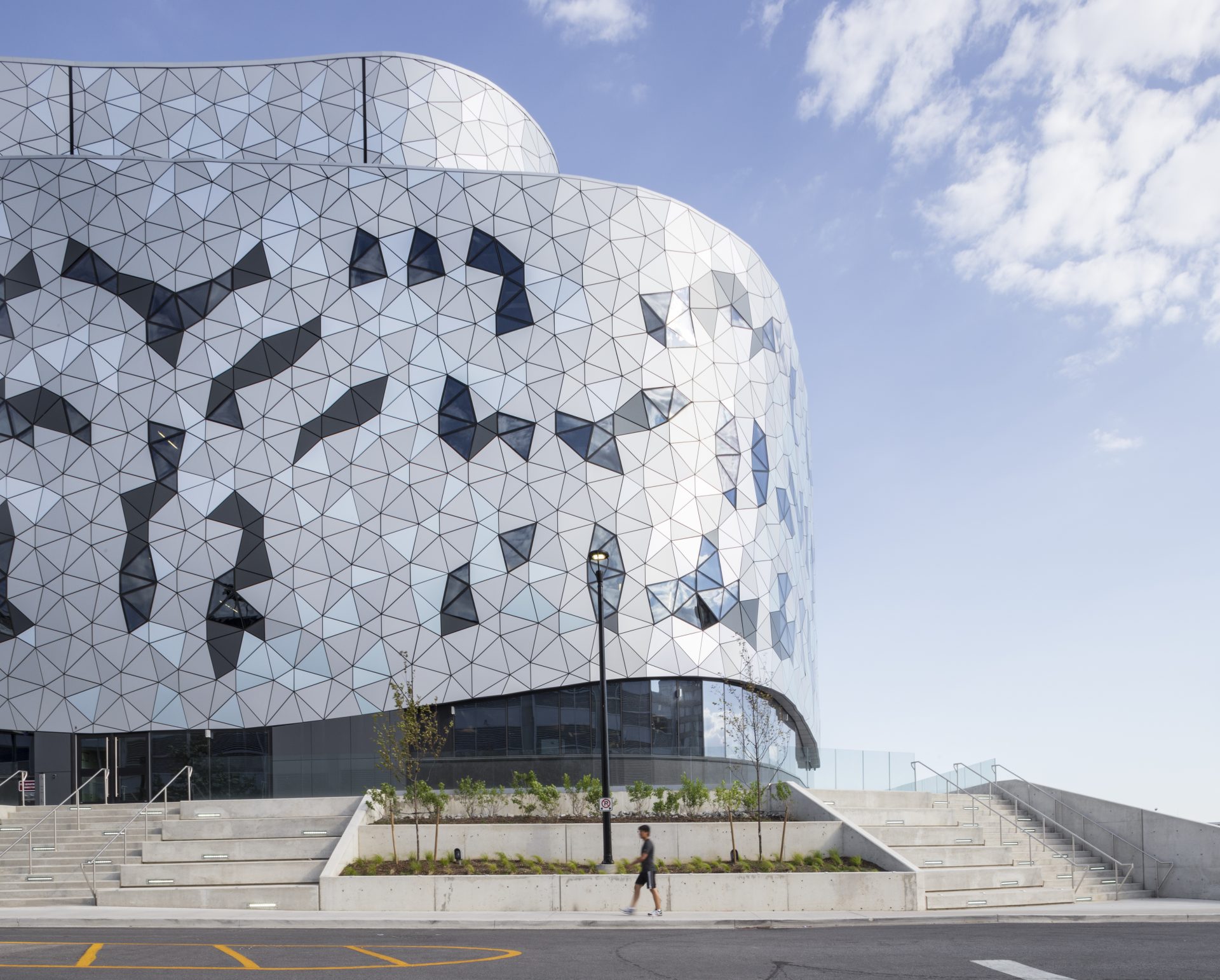Lassonde ‘bright nights’ research generates international attention

Lassonde researchers have solved the millenium-old ‘bright nights’ mystery.
Scientists have been trying for centuries to decipher why certain nights are as bright as days. Lassonde has the answer.
Department of Earth and Space Science and Engineering Professor Gordon Shepherd and Dr. Youngmin Cho has found that wavelengths in the atmosphere along different lines of longitude are responsible.
Shepherd and Cho based their conclusions on the data collected from the Wind Imaging Interferometer, an instrument Shepherd developed and launched via satellite in 1991 to measure airglow- an event caused when ultraviolet radiation from the sun separates oxygen molecules into oxygen atoms.
These zonal waves in the upper atmosphere occasionally gather over specific locations, boosting the naturally occurring phenomenon of airglow.
“When the peaks of the different waves superimpose, then the intensities add up. That’s enough to make it visible to the human eye,” Shepherd said.
Shepherd and Cho’s research has received international attention, with their work being featured in publications such as CBC, New York Times, The Guardian, Times of India, The Times, Discover Magazine and Science Daily, among others.